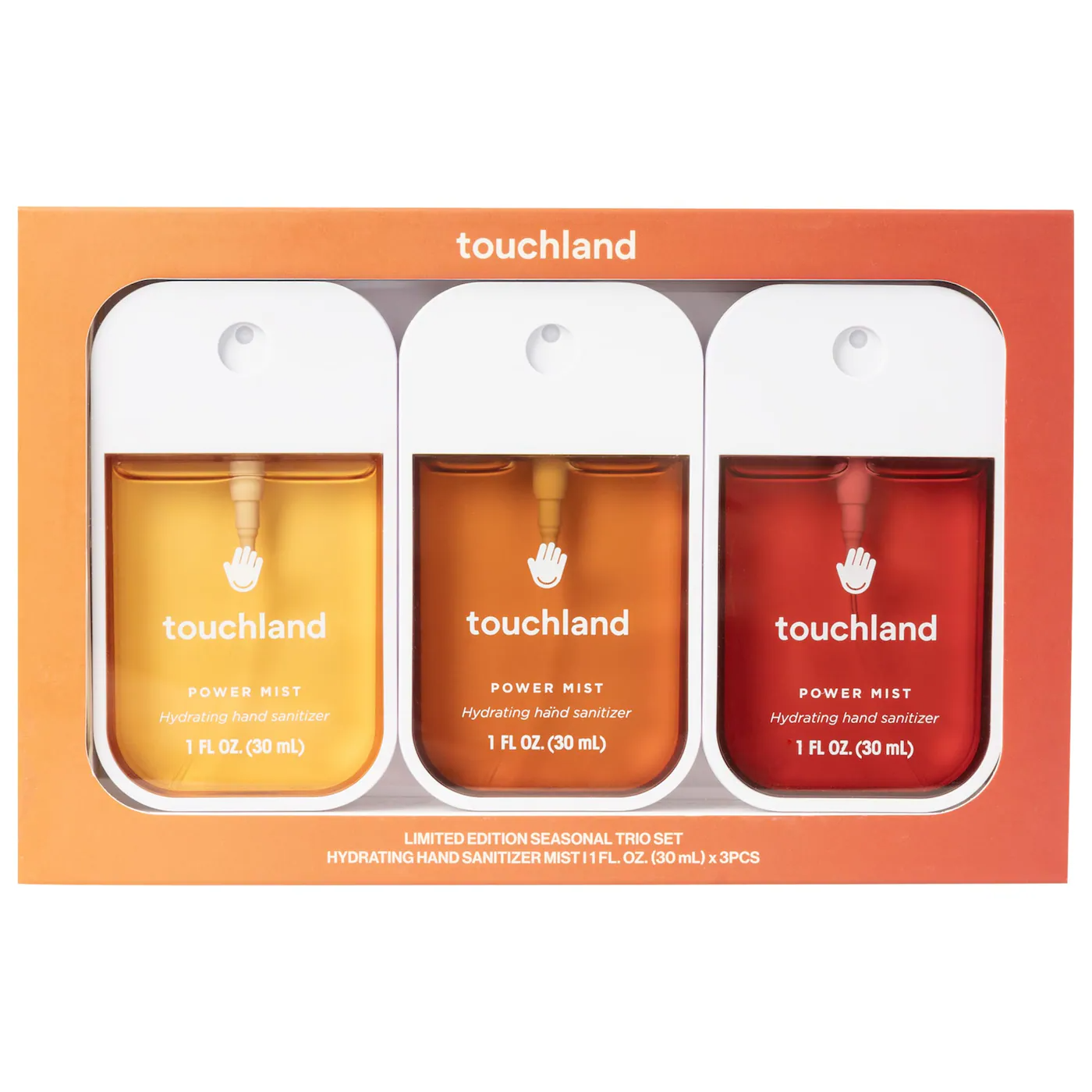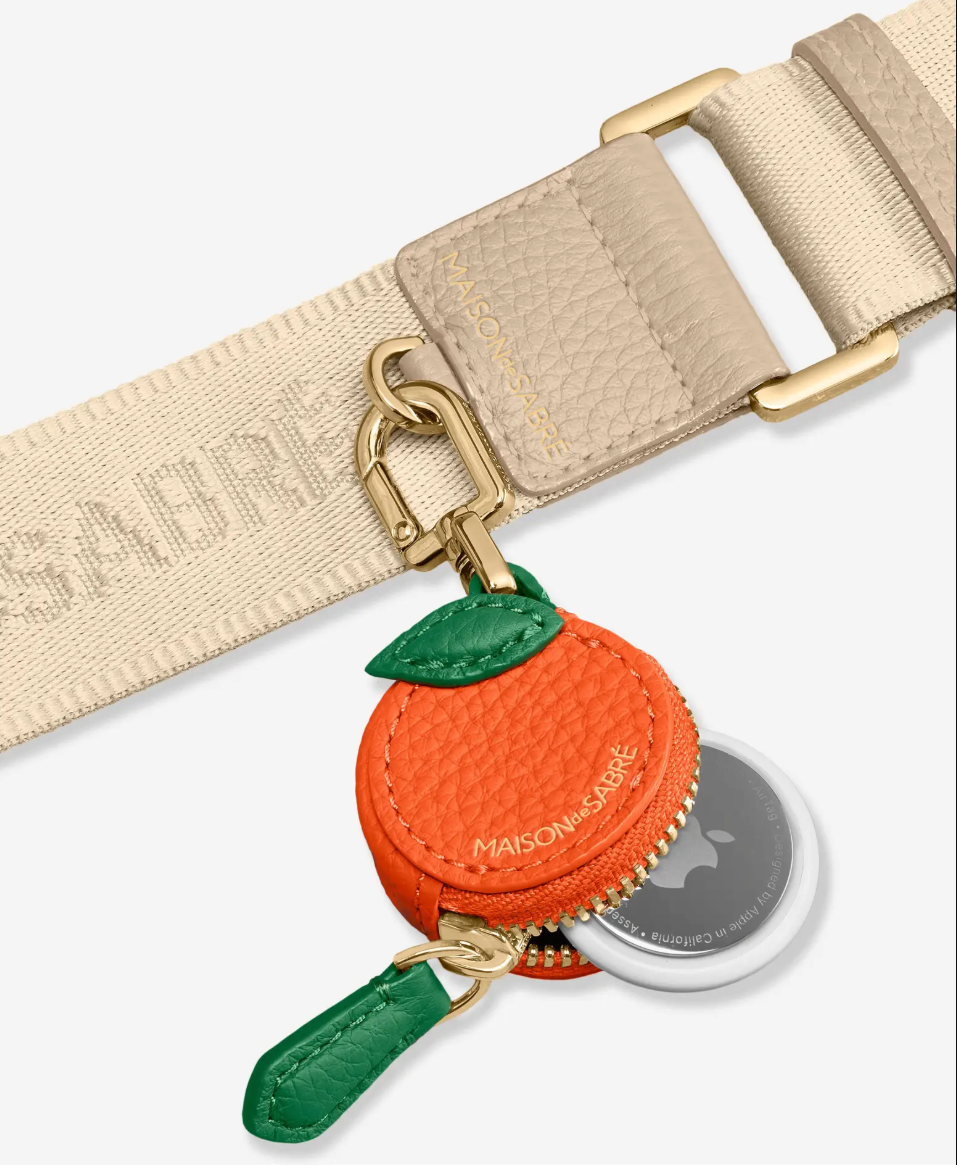
If you’re anything like me, you’ll know the feeling of what I’m labelling as an ‘aesthetic itch’ all too well––I’ve had a tattoo and two haircuts in the space of a month. The first stage involves obsessing over saved social media inspo, followed by sending moodboards to every group WhatsApp chat for a helping of (hopefully) positive feedback. Recently, I’ve found myself admiring ear stacks on the feeds of my favourite jewellery brands, leading to temptation at every turn courtesy of the trusty algorithm. So much so, this week said aesthetic itch marched me straight to the piercing hot seat at Astrid & Miyu in Covent Garden––I already have two piercings on both ear lobes, but felt like the upper section was looking pretty lonely.
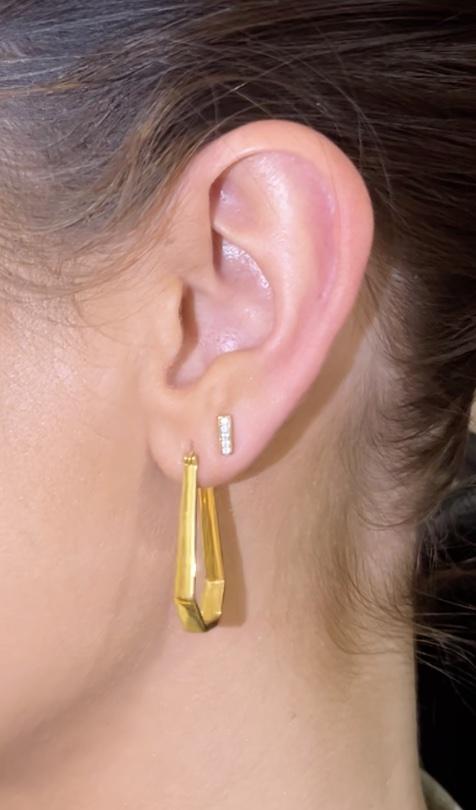
There are about 10 different types of cartilage piercings available, but I decided to go for the helix which is the most popular choice. “This particular piercing is located at the upper part of the ear and placed in the outer rim of the cartilage,” explains Charlotte Collins, Astrid & Miyu’s piercing mentor and expert. The positioning of the helix allows you to wear a variety of different earrings, such as intricate studs and hoops.

“Everybody experiences pain differently so while this may vary from person to person, Helix piercings are typically low on the pain scale with many clients being pleasantly surprised by how quick and easy the procedure is,” says Collins. “Like most piercings, the anticipation is usually worse than the piercing itself.” As somebody who has a pretty low pain threshold, I would rate it as a slightly uncomfortable 4/10.
My piercer explained that the initial healing time for a helix piercing is two-to-four months, but for it to be fully healed, it can take as long assix-to-nine months. Healing timelines will vary based on your specific piercing and your body.
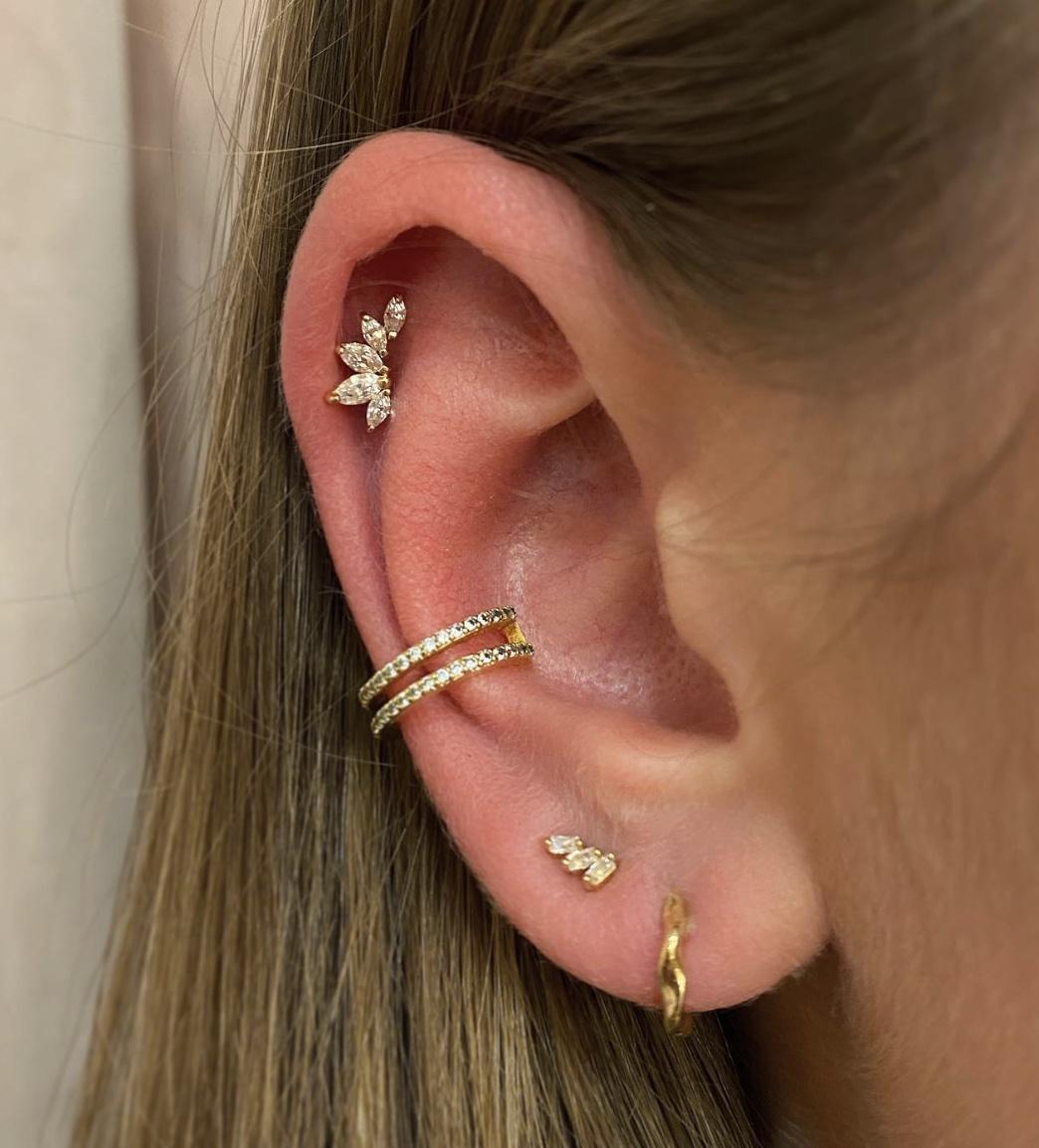
“With any piercing it’s best to leave it alone as much as possible,” explains Collins. “This means no touching, twisting or removing the jewellery while it’s healing. In terms of applying anything we recommend spraying it twice a day with a sterile, medical grade saline (making sure to gently pat the area dry after cleaning or showering with a single use and non fibrous paper towel). It’s also important to make sure you’re not sleeping on any healing piercings and you’re returning to your piercer in appropriate timing to downsize the post once the initial swelling has resided.”

“Definitely do your research before getting any piercing and ask as many questions as needed,” says Collins. “A reputable piercer will be happy and willing to answer any queries you have. It’s important that your piercer is fully licensed and uses implant grade materials. I’d avoid anywhere that uses a gun as these aren’t hygienic and cause a lot of complications––a recipe for disaster.”
Collins notes it’s best to be pierced with 14k solid gold or titanium as these are hypo-allergenic and don’t contain any nickel. A good piercer will also tell you that you can’t get pierced with a hoop, as they are a lot more susceptible to infection. I went for a tiny 14k solid gold stud as although it’s slightly more expensive, the jewellery itself won’t degrade over time, even when exposed to sweat, moisture and water.
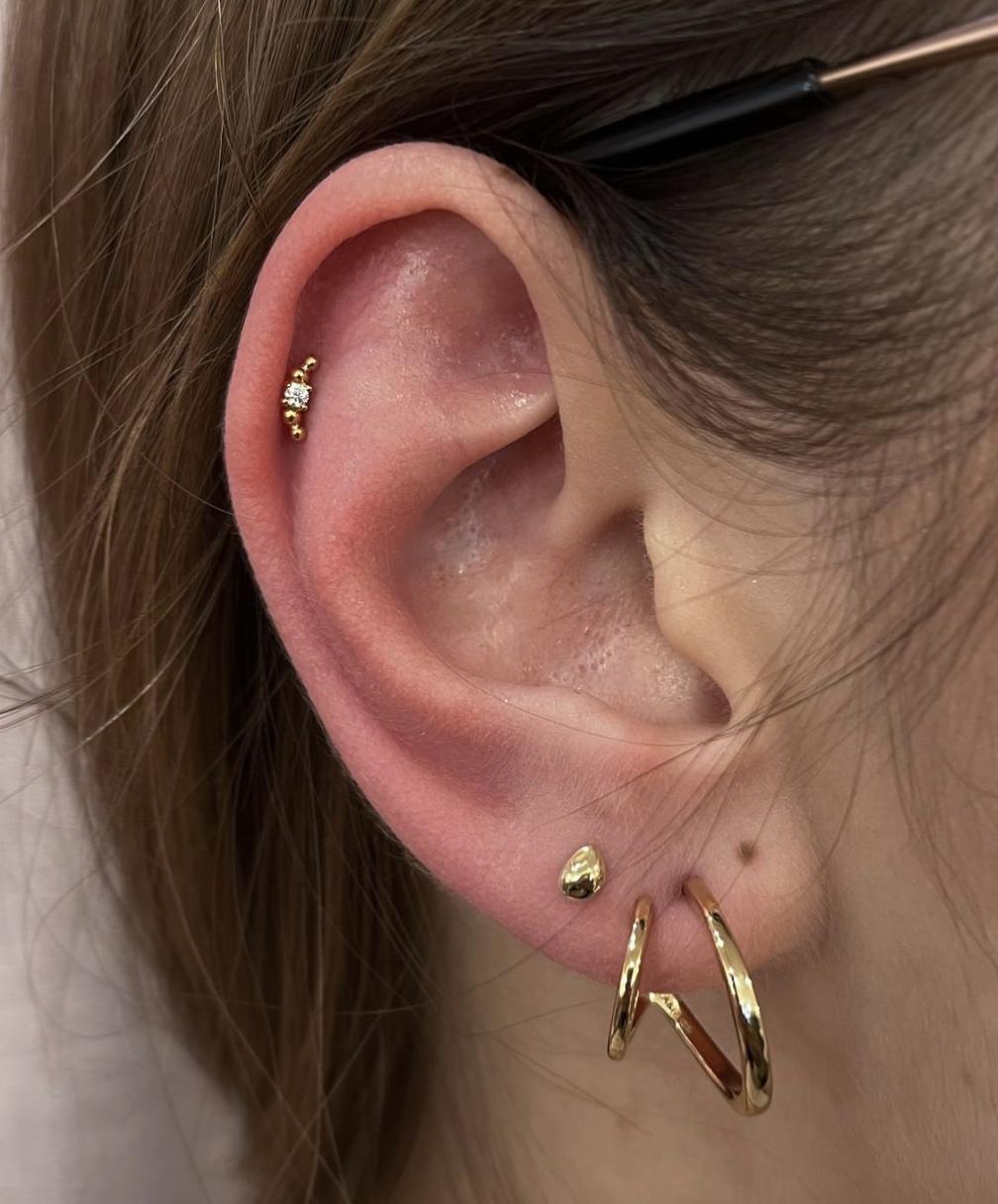


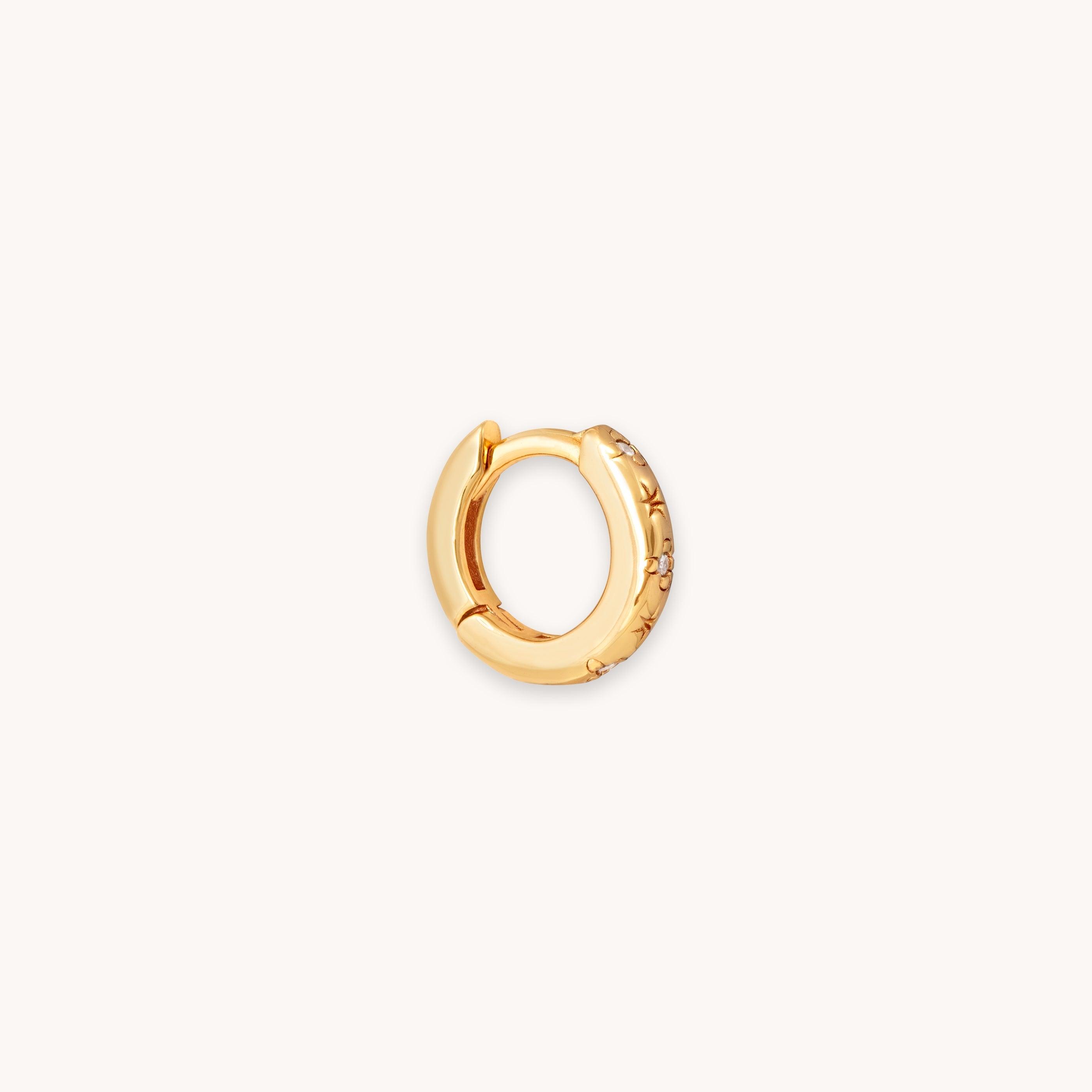
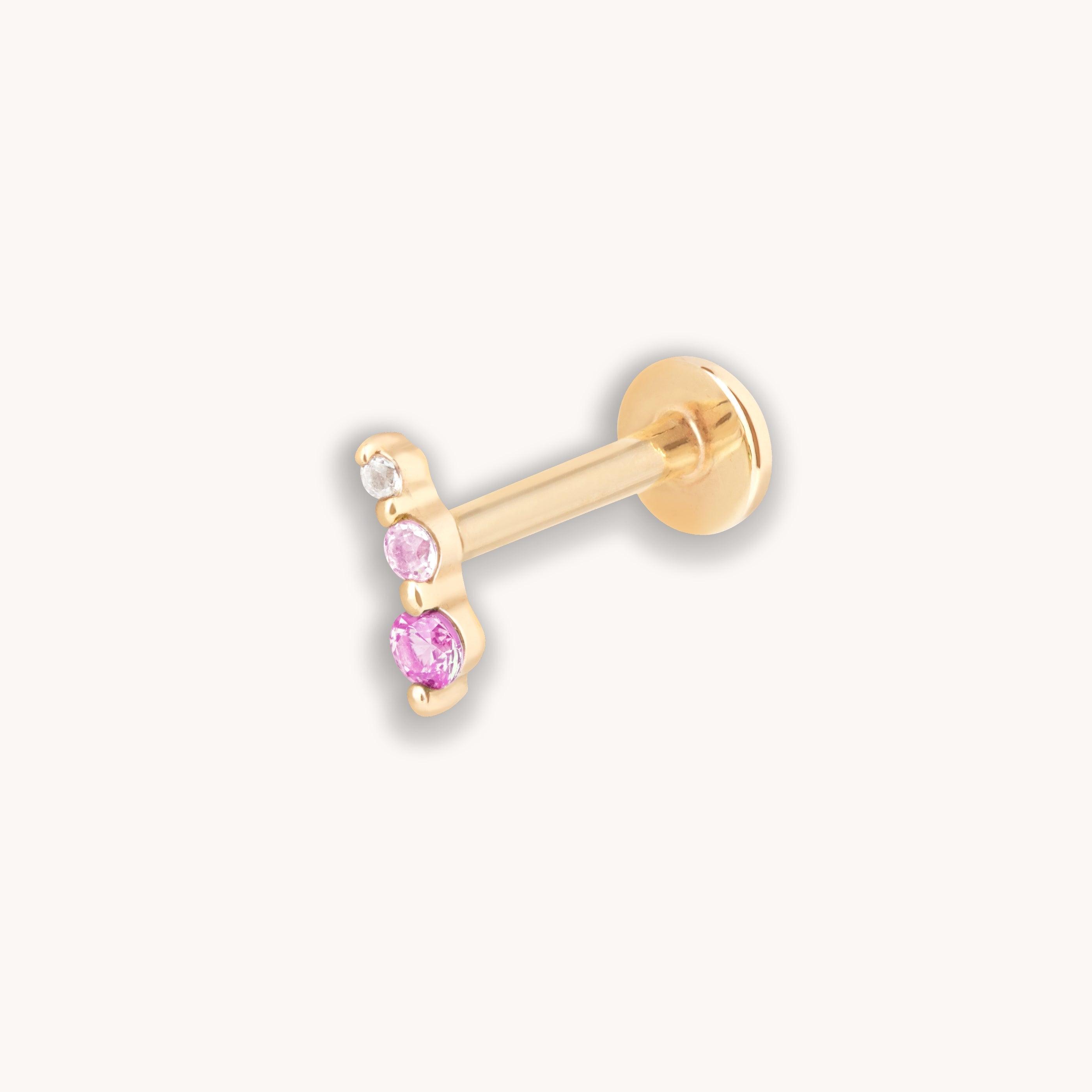
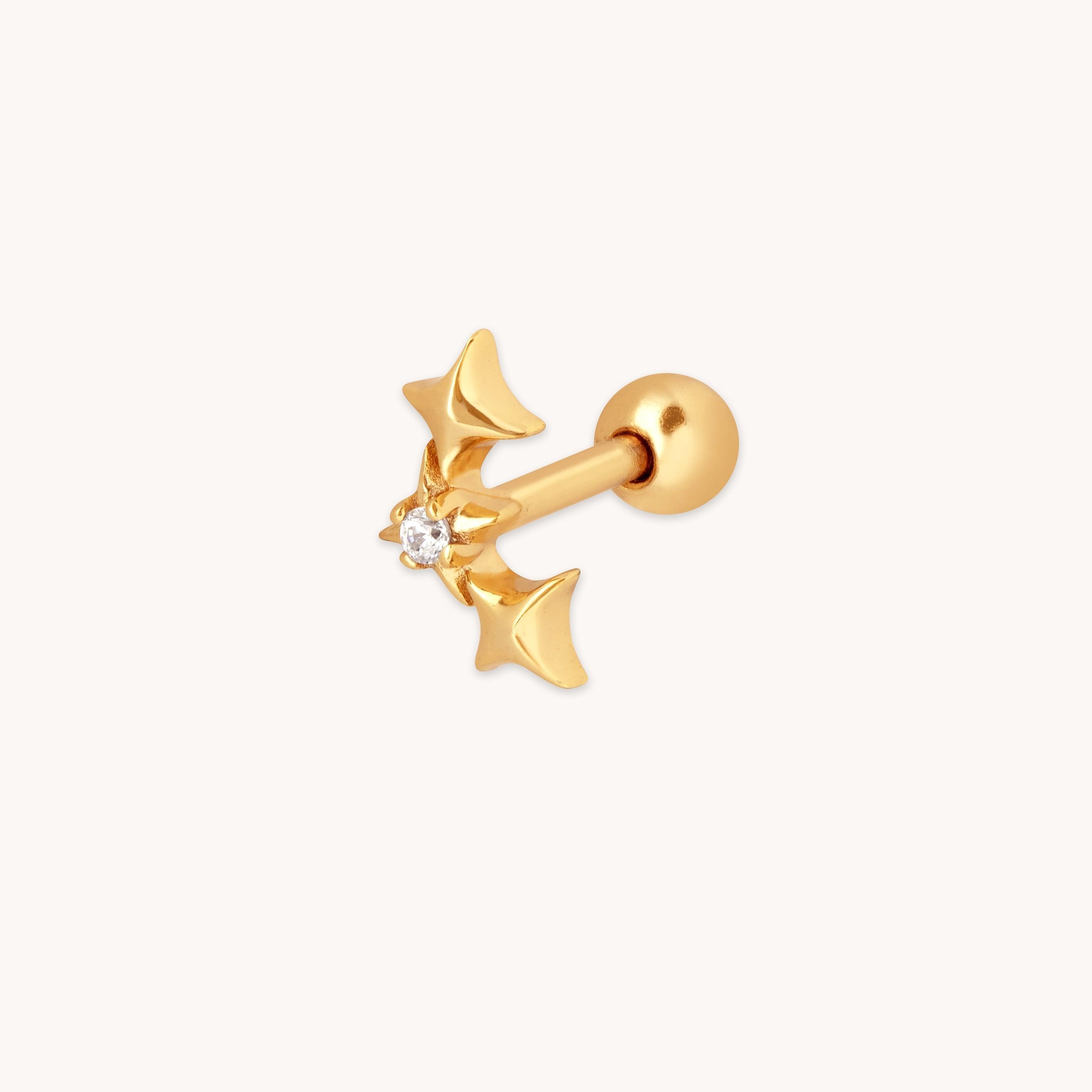
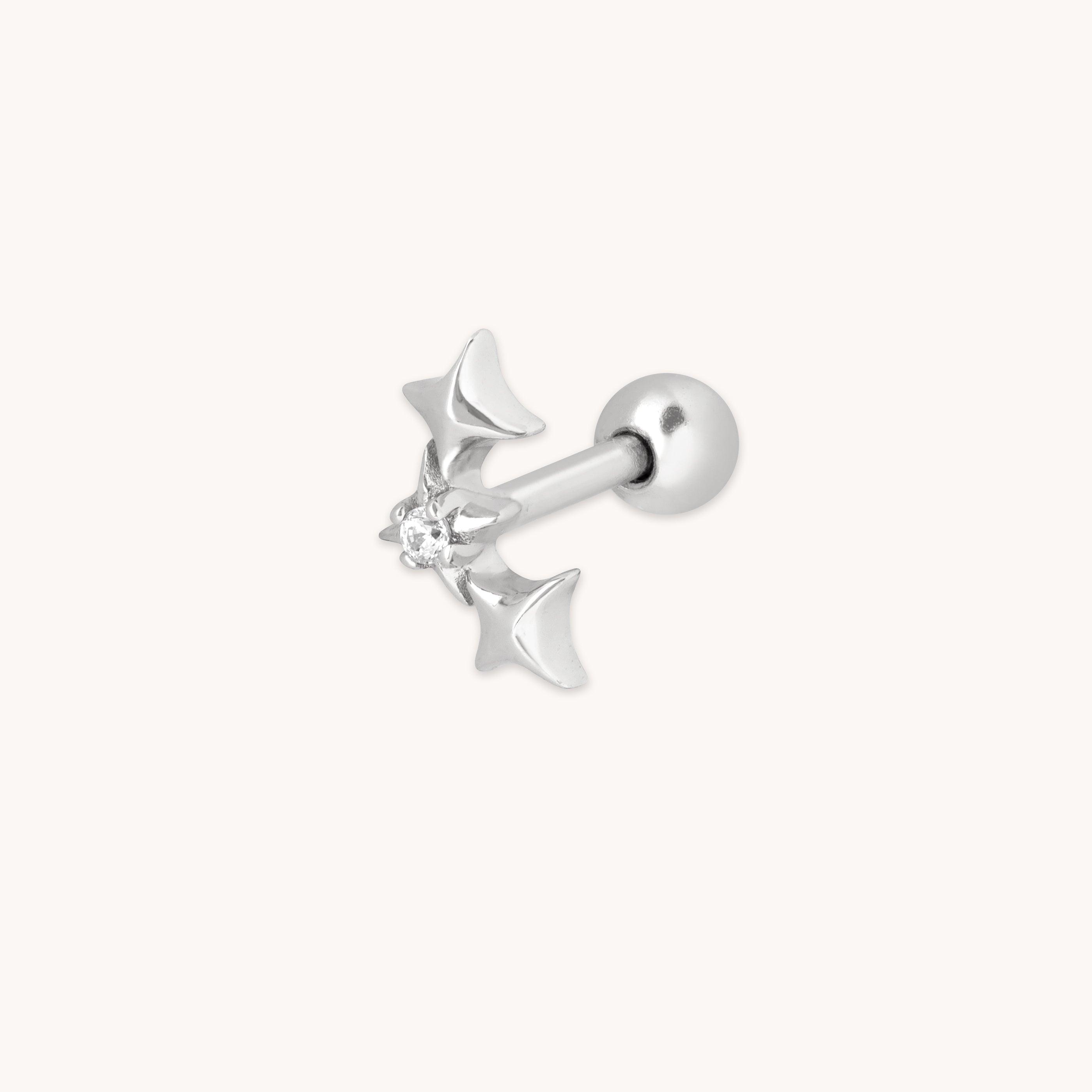
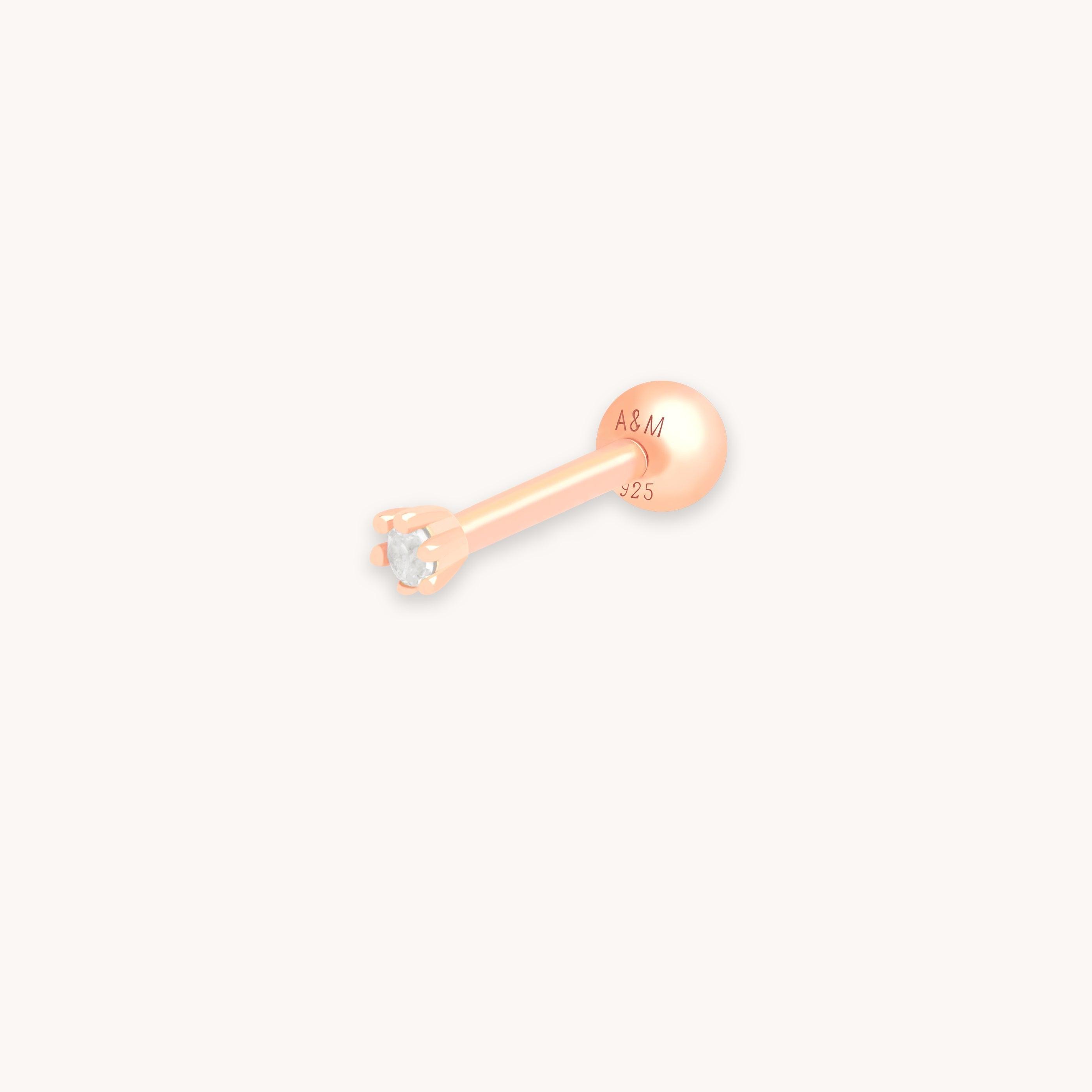

Next Up: The 8 Jewellery Trends That Matter Most This Spring



